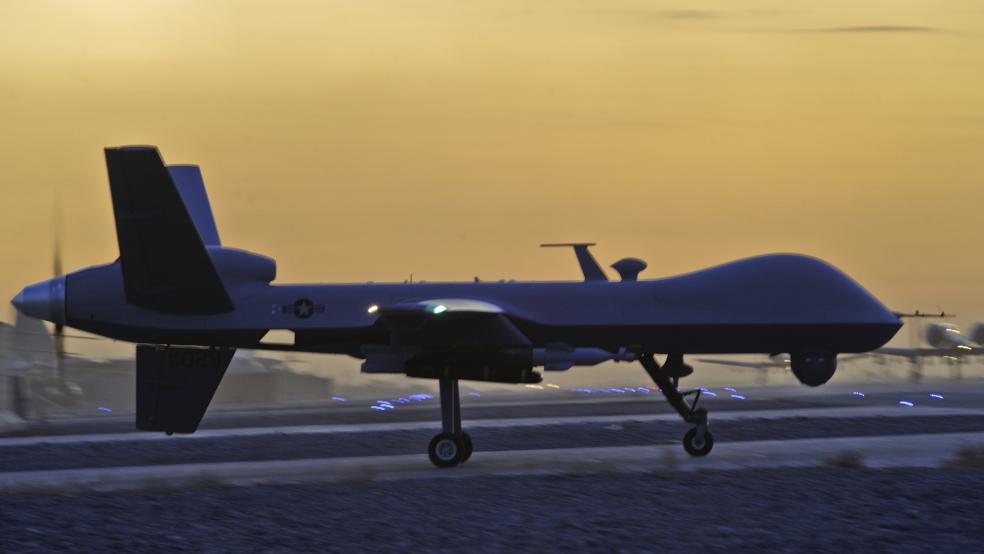A project launched by the Pentagon just last month is looking to employ machine learning technology and advances in other forms of artificial intelligence to speed up the analysis of battlefield data in the war against ISIS and other radical Islamic jihadists.
The military website Defense One reports that one of the major aims of the newly formed Algorithmic Warfare Cross Functional Team (AWCFT) will be to sift through the thousands of hours of video surveillance footage recorded by drones flying over Iraq and Syria to identify clues or “abnormal activities.”
Related: The Marines New Helicopter Costs as Much as an F-35
Right now, that function is performed by military and civilian analysts who are struggling to keep up with the reams of video being generated.
Air Force Lt. Gen. John N.T. “Jack” Shanahan told Defense One that an early goal of so-called Project Maven is to automate some of the work now being done by thousands of analysts who spend 80 percent of their time watching the videos and recording possible intelligence on spreadsheets.
“There are a thousand things we want to do with artificial intelligence, machine learning, deep learning, computer vision,” Shanahan was quoted as saying, “but everybody has cautioned us, don’t take on too much the first time you do this. You have to go after a manageable problem, solve it, show early wins …”
The driving force behind the Pentagon’s push to harness artificial intelligence and the resources of Silicon Valley is Deputy Defense Secretary Robert Work, who served in the Obama administration and has been kept on at least temporarily by Defense Secretary Jim Mattis.
In a memorandum late last month establishing the Algorithmic Warfare Team and Project Maven, Work wrote that although DOD has taken “tentative steps to explore the potential of artificial intelligence, big data, and deep learning, I remain convinced that we need to do much more and move much faster …”
Related: Game of Drones - The Army Is Testing Lasers to Shoot Drones Out of the Sky
He said that “The AWCFT will initially provide computer vision algorithms for object detection, classification, and alerts …”
The program has come together so quickly that it is still looking for initial funding – some $70 million. Defense One quoted Shanahan as saying that the return on investment would be higher than other weapons systems.





